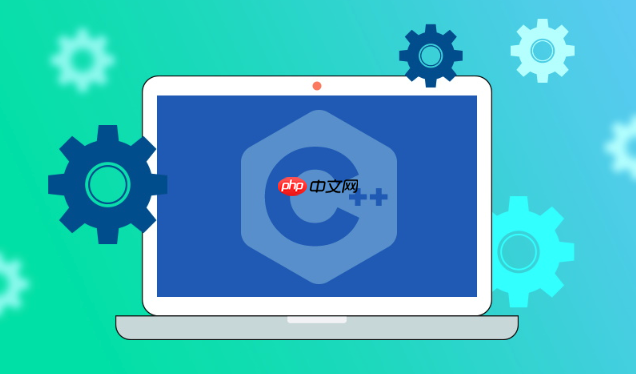
在C++20中,std::format 的引入让字符串格式化变得安全、高效且易于使用。它借鉴了Python的 str.format() 和 Rust 的 format! 语法,取代了传统的 printf 和 std::ostringstream 等容易出错的方式。
std::format 位于 <format> 头文件中,使用方式类似于 printf,但基于类型安全的模板机制,不会因类型不匹配导致崩溃。
基本语法是:
std::format("Hello, {}!", "world"); // 输出: Hello, world!支持按位置或名称填充:
立即学习“C++免费学习笔记(深入)”;
可以像 printf 一样控制整数进制、浮点精度等。
要让 std::format 支持自定义类,需要特化 std::formatter 模板。
例如有一个 Point 类:
为其添加格式化支持:
template struct std::formatter<Point> { constexpr auto parse(auto& ctx) { return ctx.begin(); } auto format(const Point& p, auto& ctx) const { return std::format_to(ctx.out(), "({},{})", p.x, p.y); } };然后就可以直接使用:
std::format("Origin: {}", Point{0, 0}); // 输出: Origin: (0,0)std::format 在编译期会做部分检查,减少运行时错误。相比 sprintf 更安全,避免缓冲区溢出。
但注意:
基本上就这些。std::format 让C++字符串处理变得更现代、清晰,推荐在新项目中优先使用。虽然功能还在逐步完善,但核心用法已足够稳定。
以上就是C++20中的std::format库怎么用_C++字符串格式化与std::format实践的详细内容,更多请关注php中文网其它相关文章!

每个人都需要一台速度更快、更稳定的 PC。随着时间的推移,垃圾文件、旧注册表数据和不必要的后台进程会占用资源并降低性能。幸运的是,许多工具可以让 Windows 保持平稳运行。

Copyright 2014-2025 https://www.php.cn/ All Rights Reserved | php.cn | 湘ICP备2023035733号